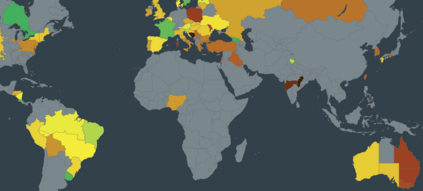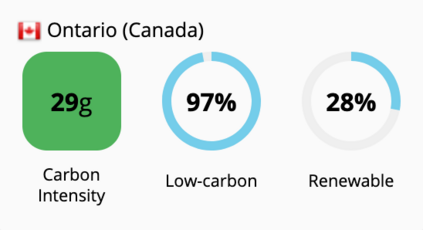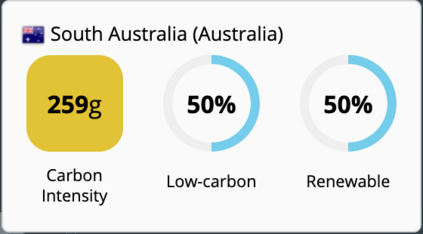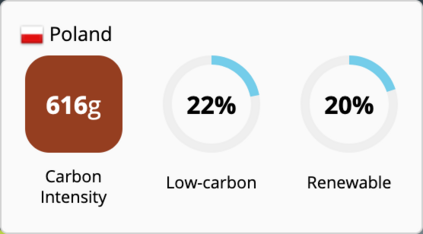Cloud platforms' growing energy demand and carbon emissions are raising concern about their environmental sustainability. The current approach to enabling sustainable clouds focuses on improving energy-efficiency and purchasing carbon offsets. These approaches have limits: many cloud data centers already operate near peak efficiency, and carbon offsets cannot scale to near zero carbon where there is little carbon left to offset. Instead, enabling sustainable clouds will require applications to adapt to when and where unreliable low-carbon energy is available. Applications cannot do this today because their energy use and carbon emissions are not visible to them, as the energy system provides the rigid abstraction of a continuous, reliable energy supply. This vision paper instead advocates for a ``carbon first'' approach to cloud design that elevates carbon-efficiency to a first-class metric. To do so, we argue that cloud platforms should virtualize the energy system by exposing visibility into, and software-defined control of, it to applications, enabling them to define their own abstractions for managing energy and carbon emissions based on their own requirements.
翻译:云层平台不断增长的能源需求和碳排放正在引起人们对其环境可持续性的关注。 目前的可持续云层扶持方法侧重于提高能源效率和购买碳抵消。 这些方法有局限性:许多云层数据中心已经接近高峰效率,碳抵消无法达到零碳水平,而几乎没有碳可以抵消。 相反,建立可持续云层需要应用来适应何时何地可以获得不可靠的低碳能源。 今天,应用无法做到这一点,因为它们的能源使用和碳排放不为人们所见,因为能源系统提供了持续、可靠的能源供应的僵硬抽象抽象化。本愿景文件代之以倡导“碳第一”的云设计方法,将碳效率提高到一流的度度量度。 为此,我们主张云层平台应当通过暴露其能见度和软件定义的控制,将能源系统虚拟化为虚拟化,使其得以应用,从而能够根据自身的需要界定管理能源和碳排放的抽象。





















